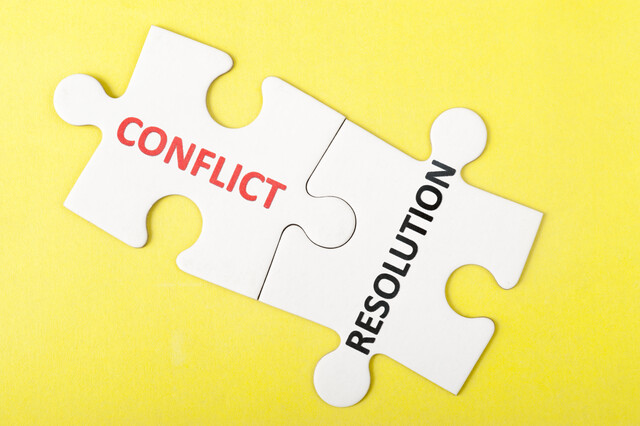Online Class: Problem Solving Strategies

-
8Lessons
-
19Exams &
Assignments -
3Hours
average time -
0.3CEUs
Course Description
Mastering the Art of Problem Solving: Strategies for Life and Business
Picture this: You're faced with an intricate web of challenges. Some are as towering as mountains, while others seem as trivial as pebbles. Yet, every problem, big or small, demands a solution. Each one begs the question: How can I navigate through this? What if there was a structured, streamlined approach to demystify every challenge, turning seeming obstacles into opportunities?
Enter our meticulously designed course on "Problem Solving Strategies." Recognizing that problems are inherent to the human experience, this course is your beacon, shedding light on the path from perplexity to clarity.
Throughout history, humans have grappled with the same sentiment: I want this problem resolved, and I want it done efficiently. Whether constrained by resources, hampered by external forces, or simply feeling overwhelmed by the enormity of the issue at hand, we've all felt, at moments, that the weight of the world rests on our shoulders.
Yet, what if we told you that the world's greatest thinkers, influential business magnates, and pioneering leaders have all faced these very dilemmas? And not only have they encountered such problems, but they've also developed, honed, and shared methodologies that can turn the tide in your favor.
Course Breakdown:
-
Sections I-VII: Dive deep into the realm of problem-solving. Here, we unearth a treasure trove of tools, techniques, and tactics that have been crafted by experts from diverse fields. From academic stalwarts to savvy business consultants, their collective wisdom converges in these sections, offering you a comprehensive toolkit to tackle any challenge head-on.
-
Sections VIII & IX: Transition from identifying problems to making informed decisions. Delve into the nuances of decision-making processes that not only seek solutions but ensure they're sustainable, effective, and in line with your goals.
By the end of this transformative journey, you'll be equipped with:
- A structured approach to dissect even the most intricate problems.
- Techniques to harness your innate creativity and innovation.
- The ability to distinguish between short-term fixes and long-term solutions.
- Decision-making strategies that prioritize efficiency and effectiveness.
- An empowered mindset that sees problems as puzzles waiting to be solved.
Problems are not roadblocks; they're merely detours on the path of life. With the right strategies, these detours can lead to destinations even more wondrous than we initially envisioned. So, whether you're seeking to overcome personal hurdles or navigate business challenges, this course is your compass, guiding you towards solutions and success.
Join us, and redefine your relationship with problems, transforming them from adversaries to allies on your journey of growth and achievement!
Course Lessons
Lesson 1. Crafting Opportunities from Challenges: Essential Problem-Solving Skills
 Lesson 1 Video
Lesson 1 Video Review Practice Worksheet: Lesson-1-WorkSheet-20775.pdf
Review Practice Worksheet: Lesson-1-WorkSheet-20775.pdf Lesson discussions: Reasons for Taking this Course
Lesson discussions: Reasons for Taking this Course Assessment: Lesson 1 Exam
Assessment: Lesson 1 Exam Assessment: Lesson 1 Review Exam
Assessment: Lesson 1 Review Exam
Lesson 2. Problem Solving: A Multifaceted Approach
 Lesson 2 Video
Lesson 2 Video Review Practice Worksheet: Lesson-2-HomeWork-20776.pdf
Review Practice Worksheet: Lesson-2-HomeWork-20776.pdf Assessment: Lesson 2 Exam
Assessment: Lesson 2 Exam Assessment: Lesson 2 Review Exam
Assessment: Lesson 2 Review Exam
Lesson 3. Innovative Solutions through Human Intellect
 Lesson 3 Video
Lesson 3 Video Review Practice Worksheet: Lesson-3-WorkSheet-20778.pdf
Review Practice Worksheet: Lesson-3-WorkSheet-20778.pdf Complete: Lesson 3 Activity
Complete: Lesson 3 Activity Assessment: Lesson 3 Review Exam
Assessment: Lesson 3 Review Exam
Lesson 4. From Challenges to Triumph: Efficiently Tackling Problems in Modern Organizations
 Lesson 4 Video
Lesson 4 Video Review Practice Worksheet: Lesson-4-WorkSheet-20779.pdf
Review Practice Worksheet: Lesson-4-WorkSheet-20779.pdf Assessment: Lesson 4 Exam
Assessment: Lesson 4 Exam
Lesson 5. Understanding the Emotional Core of Problem Solving
 Lesson 5 Video
Lesson 5 Video Review Practice Worksheet: Lesson-5-Activity-20780.pdf
Review Practice Worksheet: Lesson-5-Activity-20780.pdf Complete: Lesson 5 Activity
Complete: Lesson 5 Activity Assessment: Lesson 5 Exam
Assessment: Lesson 5 Exam Assessment: Lesson 5 Review Exam
Assessment: Lesson 5 Review Exam
Lesson 6. Tools and Techniques for Innovative Problem Solving
 Lesson 6 Video
Lesson 6 Video Review Practice Worksheet: Lesson-6-Downloadable-20781.pdf
Review Practice Worksheet: Lesson-6-Downloadable-20781.pdf Complete: Lesson 6 Activity
Complete: Lesson 6 Activity Assessment: Lesson 6 Exam
Assessment: Lesson 6 Exam Assessment: Lesson 6 Review Exam
Assessment: Lesson 6 Review Exam
Lesson 7. Mastering the Art of Decision Making: Insights and Techniques
 Lesson 7 Video
Lesson 7 Video Review Practice Worksheet: Lesson-7-Downloadable-20783.pdf
Review Practice Worksheet: Lesson-7-Downloadable-20783.pdf Complete: Lesson 7 Activity
Complete: Lesson 7 Activity Assessment: Lesson 7 Exam
Assessment: Lesson 7 Exam
Lesson 8. Decide with Confidence: Tools for Empowered Choices
 Lesson 8 Video
Lesson 8 Video Review Practice Worksheet: Lesson-8-Activity-20784.pdf
Review Practice Worksheet: Lesson-8-Activity-20784.pdf Lesson discussions: How would you rate this course?; Program Evaluation Follow-up Survey (End of Course); Course Comments; Course Comments
Lesson discussions: How would you rate this course?; Program Evaluation Follow-up Survey (End of Course); Course Comments; Course Comments Complete: Lesson 8 Activity
Complete: Lesson 8 Activity Assessment: Lesson 8 Exam
Assessment: Lesson 8 Exam Assessment: The Final Exam
Assessment: The Final Exam Assessment: Lesson 8 Review Exam
Assessment: Lesson 8 Review Exam
Learning Outcomes
- Define and articulate a problem statement by identifying its root cause, nature, and scope, applying the 'stop it' and 'mop it' methodologies within a problem-solving context after reviewing real-world examples.
- Effectively analyze a given problem situation to determine whether it should be addressed with cessation, mitigation, or transformation strategies, demonstrating the ability to choose and apply the appropriate approach (stop it, mop it, opportunity) to achieve optimal outcomes.
- Implement advanced data analysis techniques to identify root causes of business challenges and propose actionable solutions, demonstrating comprehension through improved business outcomes.
- Recognize the key elements of effective problem-solving, including data collection and stakeholder engagement, and apply this understanding to real-world business scenarios.
- Define the unique contributions of at least three types of intelligences in a collaborative problem-solving scenario.
- Demonstrate how to apply self-awareness in recognizing and utilizing one's own multiple intelligences for solving complex problems.
- Demonstrate the ability to collaborate in diverse teams to generate innovative problem-solving ideas within an organizational context by contributing at least five viable solutions in a brainstorming session.
- Identify and differentiate between essential technological resources required for effective problem-solving within an organizational framework by evaluating at least three different types of infrastructure components.
- Demonstrate the ability to incorporate veteran employees' insights into strategic decision-making processes, resulting in innovative solutions and improved organizational operations.
- Identify underlying issues in workplace problems using emotional intelligence and iterative analysis, demonstrating improved problem-solving efficiency.
- Identify and apply at least two specific techniques from the CPS framework to a real-world problem, demonstrating their practical use and benefits.
- Define the six steps of the Creative Problem Solving (CPS) process and describe their purpose in enhancing problem-solving effectiveness.
- Identify and articulate the problem in decision-making scenarios, using specific and measurable criteria, as demonstrated in real-world examples.
- Demonstrate mastery of lesson content at levels of 70% or higher.
Additional Course Information

- Document Your Lifelong Learning Achievements
- Earn an Official Certificate Documenting Course Hours and CEUs
- Verify Your Certificate with a Unique Serial Number Online
- View and Share Your Certificate Online or Download/Print as PDF
- Display Your Certificate on Your Resume and Promote Your Achievements Using Social Media

Student Testimonials
- "This course was very helpful to me." -- Waisea T.
Related Courses
-
 6 hours
0.6 CEUs
Management Essentials
+ More Info
6 hours
0.6 CEUs
Management Essentials
+ More Info
-
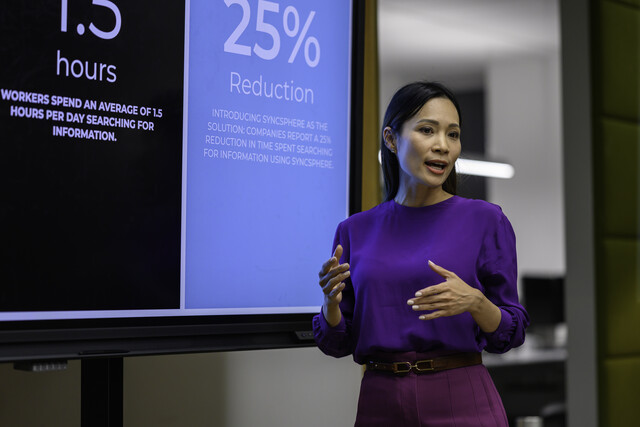 8 hours
0.8 CEUs
Motivational and Public Speaking
+ More Info
8 hours
0.8 CEUs
Motivational and Public Speaking
+ More Info
-
 7 hours
0.7 CEUs
Leadership Skills for Managers
+ More Info
7 hours
0.7 CEUs
Leadership Skills for Managers
+ More Info
-
 5 hours
0.5 CEUs
Lawful Employee Termination
+ More Info
5 hours
0.5 CEUs
Lawful Employee Termination
+ More Info
-
 5 hours
0.5 CEUs
Constructive Feedback and Criticism
+ More Info
5 hours
0.5 CEUs
Constructive Feedback and Criticism
+ More Info
-
 8 hours
0.8 CEUs
Decision Making Skills
+ More Info
8 hours
0.8 CEUs
Decision Making Skills
+ More Info
-
 3 hours
0.3 CEUs
Understanding Learning Styles
+ More Info
3 hours
0.3 CEUs
Understanding Learning Styles
+ More Info
-
 7 hours
0.7 CEUs
Employment Law Fundamentals
+ More Info
7 hours
0.7 CEUs
Employment Law Fundamentals
+ More Info
-
 7 hours
0.7 CEUs
Innovative Thinking Skills
+ More Info
7 hours
0.7 CEUs
Innovative Thinking Skills
+ More Info
-
 7 hours
0.7 CEUs
Management Consultant 101
+ More Info
7 hours
0.7 CEUs
Management Consultant 101
+ More Info
-
 5 hours
0.5 CEUs
Creative Thinking Skills
+ More Info
5 hours
0.5 CEUs
Creative Thinking Skills
+ More Info
-
 5 hours
0.5 CEUs
Business Etiquette
+ More Info
5 hours
0.5 CEUs
Business Etiquette
+ More Info
-
 6 hours
0.6 CEUs
Generational Diversity in the Workplace
+ More Info
6 hours
0.6 CEUs
Generational Diversity in the Workplace
+ More Info
-
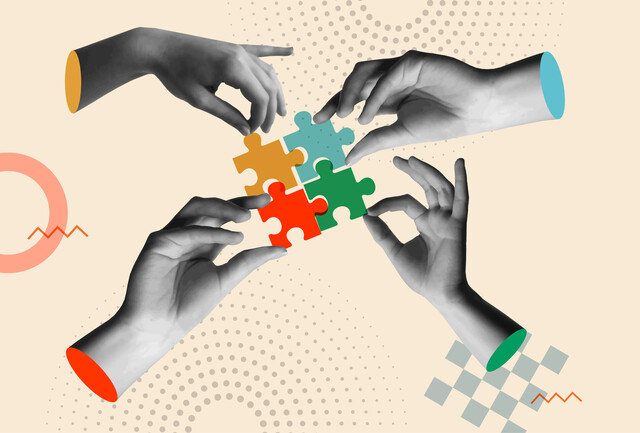 7 hours
0.7 CEUs
Collaboration Skills
+ More Info
7 hours
0.7 CEUs
Collaboration Skills
+ More Info
-
 6 hours
0.6 CEUs
Delegation Skills
+ More Info
6 hours
0.6 CEUs
Delegation Skills
+ More Info
-
 5 hours
0.5 CEUs
Critical Thinking Skills
+ More Info
5 hours
0.5 CEUs
Critical Thinking Skills
+ More Info
-
 5 hours
0.5 CEUs
Business Professionalism
+ More Info
5 hours
0.5 CEUs
Business Professionalism
+ More Info
-
 14 hours
1.4 CEUs
Career Coaching
+ More Info
14 hours
1.4 CEUs
Career Coaching
+ More Info
-
 15 hours
1.5 CEUs
Customer Service 101
+ More Info
15 hours
1.5 CEUs
Customer Service 101
+ More Info
-
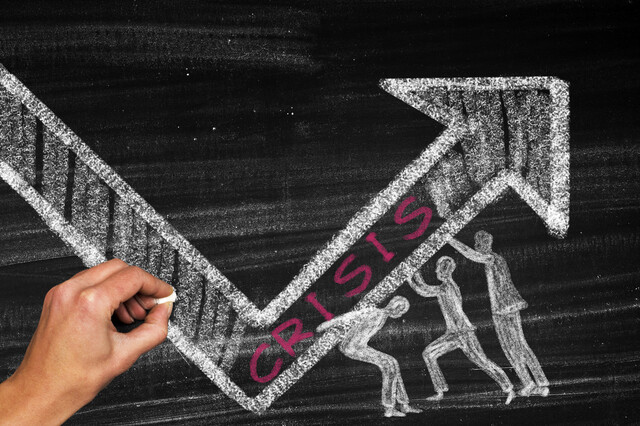 8 hours
0.8 CEUs
Crisis Management
+ More Info
8 hours
0.8 CEUs
Crisis Management
+ More Info
-
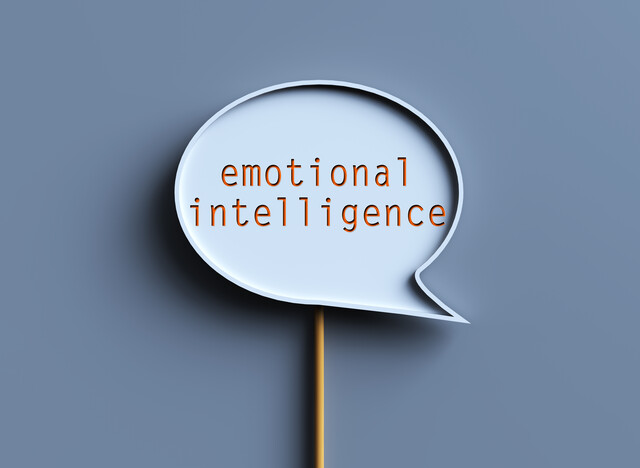 5 hours
0.5 CEUs
Emotional Intelligence
+ More Info
5 hours
0.5 CEUs
Emotional Intelligence
+ More Info
-
 7 hours
0.7 CEUs
Lean Management
+ More Info
7 hours
0.7 CEUs
Lean Management
+ More Info
-
 5 hours
0.5 CEUs
Communicating with Diplomacy and Tact
+ More Info
5 hours
0.5 CEUs
Communicating with Diplomacy and Tact
+ More Info
-
 5 hours
0.5 CEUs
Team Building 101
+ More Info
5 hours
0.5 CEUs
Team Building 101
+ More Info
-
 5 hours
0.5 CEUs
Anxiety Therapy 101
+ More Info
5 hours
0.5 CEUs
Anxiety Therapy 101
+ More Info
-
 5 hours
0.5 CEUs
Mastering Conversation Skills
+ More Info
5 hours
0.5 CEUs
Mastering Conversation Skills
+ More Info
-
 8 hours
0.8 CEUs
Procurement Management
+ More Info
8 hours
0.8 CEUs
Procurement Management
+ More Info



